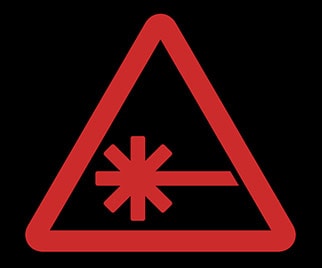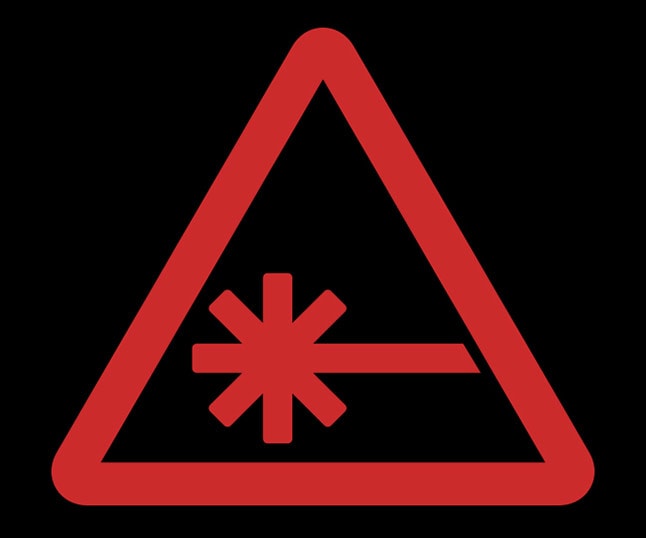As every good Rebel knows, every few years the Empire creates a Death Star or death star-like device with the goal of wiping out whole planets or republics–it’s almost like they’re running out of ideas… Regardless, as a Rebel pilot you are tasked with jumping into wings of various letters and taking out these super weapons. And to do this of course you will need proton torpedoes. But first you’ll have to understand how they work, and what makes a bunch of particles such a potent weapon.
In my latest episode of Because Science, I’m breaking down the physics of the third most recognizable weapon in Star Wars behind blasters and lightsabers. Proton torpedoes are not traditional bombs, rather they are delivery devices for a cloud of high-velocity protons–one of the charged particles that make up ordinary matter. Those particles, though tiny, can pack a punch. And if Rebel engineers could take advantage of weaponized protons’ unique properties, they actually might be the perfect weapon against an immensely complicated structure like the Death Star. We actually already do something similar here in this galaxy…
After you watch the new episode, check out my last video on how Infinity War villain Thanos could throw a moon, buy a Because Science shirt, mug, hat, or collectible pin, and follow me on Twitter to give me a suggestion for the next episode or on Instagram. Want Because Science days before anyone else? Subscribe to Alpha for early access to the show and peep my premium show The S.P.A.A.C.E. Program!


